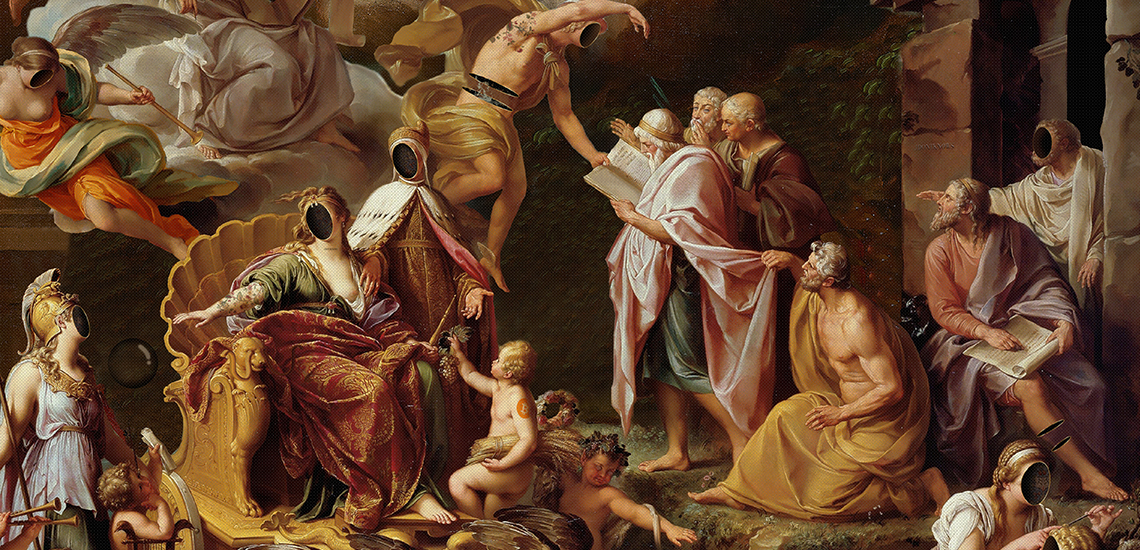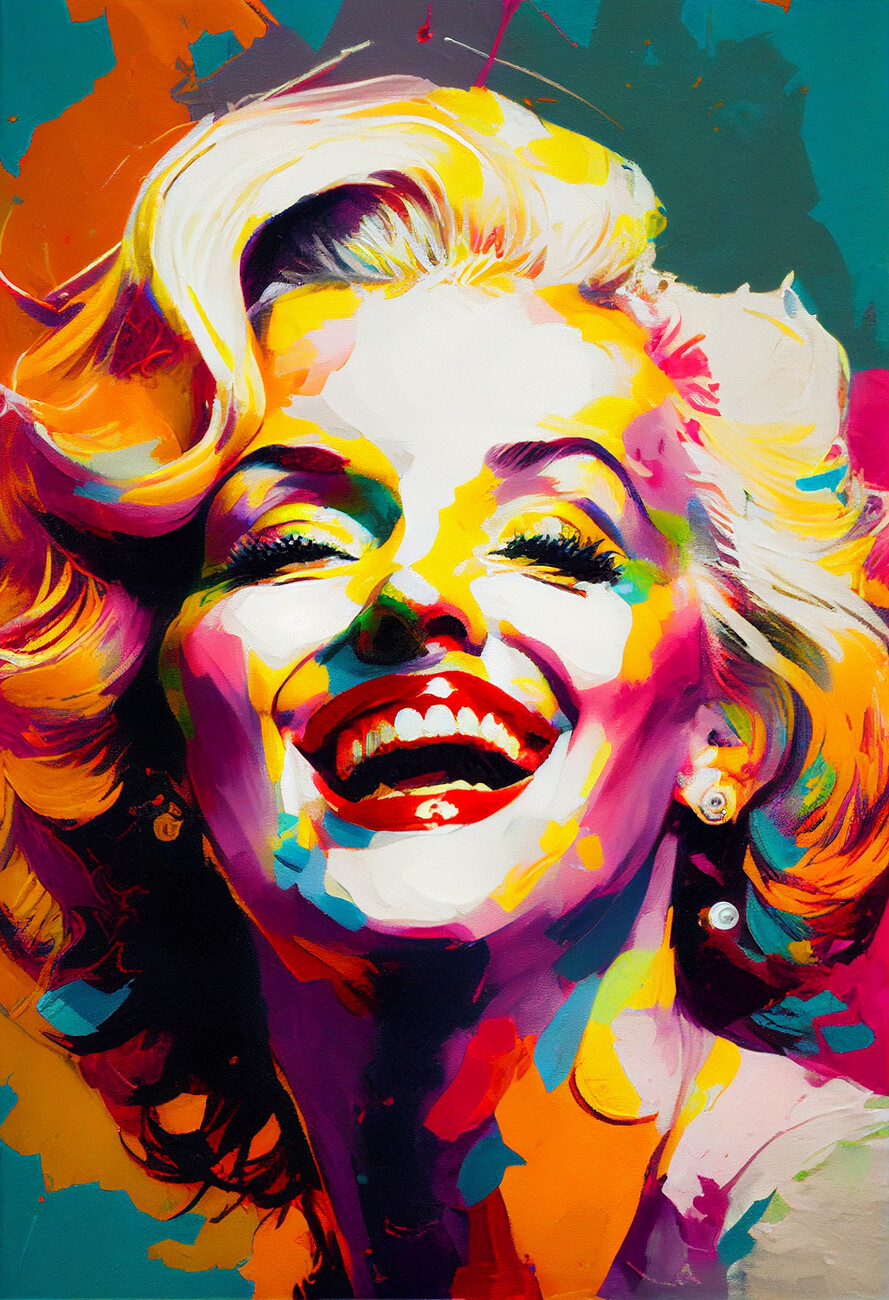Beginning on an Aesthetic Trip Via the Lyrical Interpretations of Nature in Stylist Landscapes
Each brushstroke, each play of light and shadow, and each shade choice in their works talks volumes regarding the artists' deep link to nature and their capacity to translate its charm onto the canvas. As we explore the lyrical analyses of nature in Impressionist landscapes, we are welcomed to immerse ourselves in a world where reality and feeling intertwine, offering a glimpse into the musicians' extensive recognition for the natural globe.
The Captivating Brushstrokes of Claude Monet
Claude Monet's proficiency of brushstrokes goes beyond plain strategy, imbuing his landscapes with a spiritual quality that enthralls and mesmerizes viewers - trump art. His ingenious use color and light, integrated with his distinct brushwork, produces a feeling of motion and life within his paintings. Monet's popular collection of jobs showing water lilies and his legendary haystacks display his capability to catch the short lived effects of light and atmosphere

Checking Out Light and Darkness With Camille Pissarro
Personifying a comparable respect for the interaction of light and shadow, Camille Pissarro's imaginative vision unravels as an unified exploration of the all-natural globe's luminous nuances. Pissarro, a crucial number in the Impressionist activity, masterfully captured the dynamic partnership in between light and darkness in his landscapes. His adept use shade and brushwork enabled him to communicate the subtle changes in light that define different times of day and periods.
Pissarro's paintings often include dappled sunlight filtering system through leaves, casting detailed patterns of light and shadow on the planet listed below. In works such as "Hoar Frost, the Effect of Snow, Pontoise," Pissarro skillfully shows the crisp brightness of wintertime sunshine compared with the trendy shadows that define the snowy landscape. By embracing both light and darkness in his structures, Pissarro invites visitors to submerse themselves in the all-natural charm and short-term effects of light in the world around them.

Through Pissarro's jobs, we are advised of the transformative power of light and darkness, inviting us to stop briefly and appreciate the short lived moments of appeal present in the daily landscapes that border us.
A Harmony of Color Styles by Edgar Degas
Edgar Degas coordinates a dynamic harmony of shades in his masterful artworks, instilling his make-ups with a vibrant interaction of tones that captivate the visitor's look. Recognized primarily for his ballet dancers and intimate scenes of Parisian life, Degas adeptly manipulated shades to share state of mind and movement in his paints. trump art. His use of vibrant, contrasting site link colors and subtle tonal variations produced a sense of deepness and vibrancy within his jobs
Degas' color combination frequently included abundant blues, deep greens, and cozy oranges, which he applied with certain brushstrokes to capture the essence of his topics. Whether representing a ballerina mid-performance or a team of close friends conversing at a cafe, Degas' shades not only portrayed the scene however also evoked a feeling of emotion and power.
Furthermore, Degas' testing with light and darkness added an extra layer of intricacy to his color make-ups, enhancing the general ambience of his paintings (trump art). Via his proficient control of shade, Degas developed an aesthetic harmony that remains to resonate with viewers today
Discovering Nature's Calmness With Berthe Morisot
Berthe Morisot's artistic vision uses a tranquil departure from the vibrant shade harmonies of Edgar Degas, as she captures the harmony of nature in her expressive landscapes. Recognized for her fragile brushwork and intimate representations of daily life, Morisot's landscapes emanate a feeling of tranquility check my site and harmony.
Morisot's paintings frequently feature soft, muted tones that convey a feeling of calmness and serenity. Her jobs, such as "The Cradle" and "Summer season's Day," display her capability to catch the refined appeal of nature in a manner that is both calming and reflective to the visitor.
Unlike some of her Impressionist equivalents that concentrated on vibrant colors and vibrant structures, Morisot chose to create mild, visit this website introspective scenes that welcome the viewer to stop and show. Via her masterful usage of light and darkness, Morisot develops a feeling of harmony that reverberates with the visitor on a deep emotional level.
The Emotional Landscapes of Vincent Van Gogh
Vincent Van Gogh's landscapes clearly communicate a depth of emotion with their dynamic brushwork and meaningful use of color. The Dutch post-impressionist musician is renowned for his ability to catch extreme and raw feelings in his paints, going beyond typical representations of nature. Van Gogh's tumultuous personal life, noted by mental health and wellness struggles, considerably influenced his art, infusing his landscapes with a feeling of worry, sorrowful, or exuberance.
In jobs such as "Starry Evening" and "Wheatfield with Crows," Van Gogh's swirling brushstrokes and lively color choices stimulate an extensive emotional action from visitors. The stormy skies and flustered landscapes in his paints show his inner turmoil and psychological disturbance, inviting viewers to dig right into the intricacies of his psyche.
Van Gogh's special visual language, defined by overstated perspectives and vibrant use shade, creates landscapes that resonate with viewers on a deeply psychological degree. Through his art, Van Gogh invites us to see nature not equally as an outside truth but as a mirror of our innermost feelings and emotions.
Verdict
Finally, the impressionist landscapes of musicians such as Claude Monet, Camille Pissarro, Edgar Degas, Berthe Morisot, and Vincent Van Gogh provide a one-of-a-kind and exciting visual analysis of nature. Through their use of brushstrokes, emotion, light, and shade, these artists have created a symphony of images that stimulate a feeling of peacefulness and charm in the all-natural globe. Their jobs remain to influence and captivate audiences with their lyrical interpretations of the landscapes around us.
Each brushstroke, each play of light and darkness, and each color option in their works talks volumes about the musicians' deep connection to nature and their ability to convert its charm onto the canvas. His ingenious usage of color and light, incorporated with his distinctive brushwork, develops a sense of activity and life within his paints. His adept use of shade and brushwork allowed him to communicate the subtle shifts in light that define various times of day and seasons.
